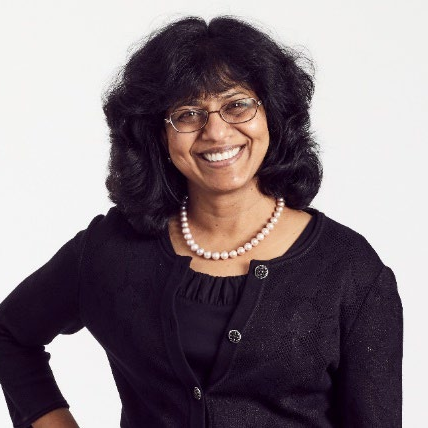IEEE SA WAMIII VIRTUAL TALK SERIES PRESENTS
AgeTek Innovation
Bringing Robots Home to Support the Aging, Healthy, and Assisted Living
The aging population is growing. It is estimated that by the year 2050, people aged 65+ globally will reach 1.5 billion (WHO). Not all aging individuals live in institutional settings, have family caregivers, and/or require assisted living. Who or what will be able to fill the gap in a way that provides quality support for their needs with dignity, privacy, and security?
This four-part webinar mini-series will bring global multi-disciplinary experts to discuss the pragmatic applications of robotic caregivers and companions to support this aging population. The technology is there, and the need is immediate, yet the challenges remain unaddressed. On this blank canvas of opportunity, where can open and consensus-built technical and data standards, enhanced policy guidance, and overall education and awareness help drive trust in adopting our new robotic caregivers and supporters?
Register Now
Access all previous sessions on-demand and receive notifications as new sessions become available.
AVAILABLE ON-DEMAND
Register to access the webinar recordings
WEBINAR 1
The Robotic Assistant for the Aging: The Unbalanced Struggle between Benefits and Challenges
With the expectation of the aging population to increase and outpace younger generations, it is apparent that different models and forms of support will be needed to accommodate their varying levels of needs. The prediction of a shortage of caregivers both in-home, in long-term facilities, and in hospitals is concerning, but robots are here to help.
This first webinar in the series sets the groundwork for the many technical and ethical considerations in utilizing advanced technologies such as robotics for this rapidly growing and highly diverse aging population.
Hear our guest experts offer different perspectives on how rapidly emerging agetek in the form of robotics can be a pragmatic opportunity for the aging population and where industry stakeholders need to come together to make it a trusted and validated resource for the aging.
KEY LEARNING OBJECTIVES
- What are the different use cases and considerations in designing for this very diversified population set?
- What are the greatest challenges for individuals to adopt and utilize a tool of this nature to support their needs at home?
- Where do regulatory and global technical standards need to contribute to establishing trust, security, and acceptance of these tools?
SPEAKERS
PANELIST

Senior Research Scientist & Program Manager
NASA-JPL
Project Chair
IEEE Telepresence Committee
PANELIST
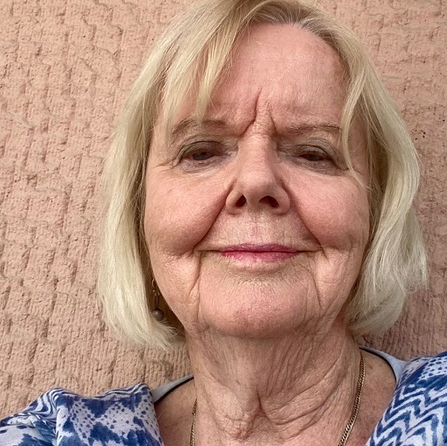
Board Member
50+ Hellas, Hellenic Association Gerontology and Geriatrics
Board Member
e-Library and Past & President Age Platform, Europe
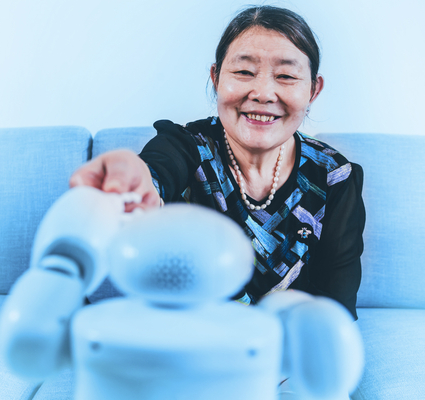
WEBINAR 2
Clinical Support Robots for the Aging: The Human Design Factors, Utility, and Functionality
The use and development of assistive robots in virtual or remote care of older persons is rapidly evolving. There are different uses for robots to meet the many different needs of this elder yet diverse population. No one robot can support all the needs of the aging and nor do all aging individuals have the same needs.
There are many different uses and functionalities for the assistive robot in clinical support mode ranging from therapeutic/rehabilitation to mental and physical disabilities. Regardless of the many endless functionalities, the human design factor and feasibility are major elements for adoption, acceptance, and overall utility to the aging in need of clinical care at home.
KEY LEARNING OBJECTIVES
- Understanding the challenges and value of human factor design in robotic assistants for a diverse elder population
- Mastering utilities and functionalities in designing robotic assistants to support different functions, settings, applications, and durations
- Defining the boundaries where autonomous decision ability of assistive robotics can start/end without the human intermediary
SPEAKERS
PANELIST
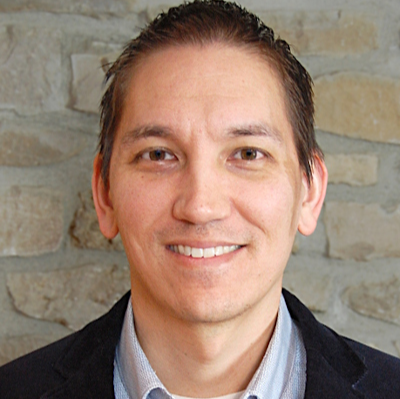
Computer Science, Electrical & Computer Engineering, Mechanical Science & Engineering
University of Illinois at Urbana-Champaign, USA
WEBINAR 3
Enabling Robotics to Support the Aging with Dignity, Privacy and Security
With the aging population rapidly growing, health and caregiver systems cannot keep pace. There are many different dimensions to enable and advocate the use of robotics for companionship, physical assistance, and overall daily support needs.
This session will feature case studies and primary research observations from global projects and labs.
KEY DISCUSSION TOPICS
- Real-world learnings on integrating users’ human emotions and expectations with the development of assistive technologies
- Integrating the value of sociological elements into technical design to drive adoption
- Improving and refining technologies to support feasibility and accessibility for elderly populations with specific physical and medical needs
- The necessary triggers to move the needle forward in user adoption and trust in these assistive technologies
SPEAKERS
PANELIST

President,
Global Alliance of Assistive Technology Organisations (GAATO);
Professor,
Research Group Technology for Healthcare, Centre of Expertise Health Innovation, Hague University of Applied Sciences
PANELIST
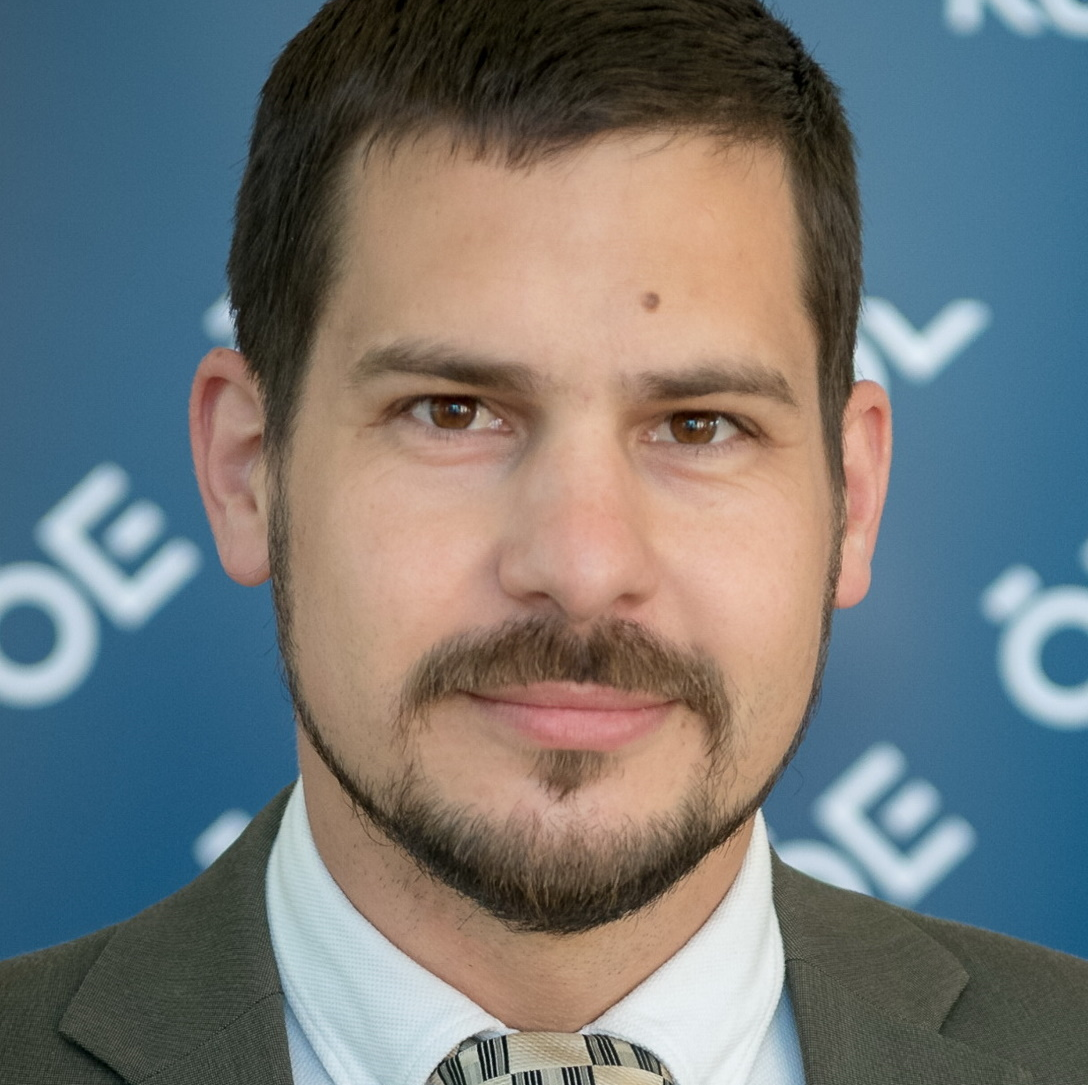
Director,
University Research & Innovation Center (EKIK), Óbuda University;
Associate Vice President,
Industrial Activities Board, IEEE Robotics Automation Society
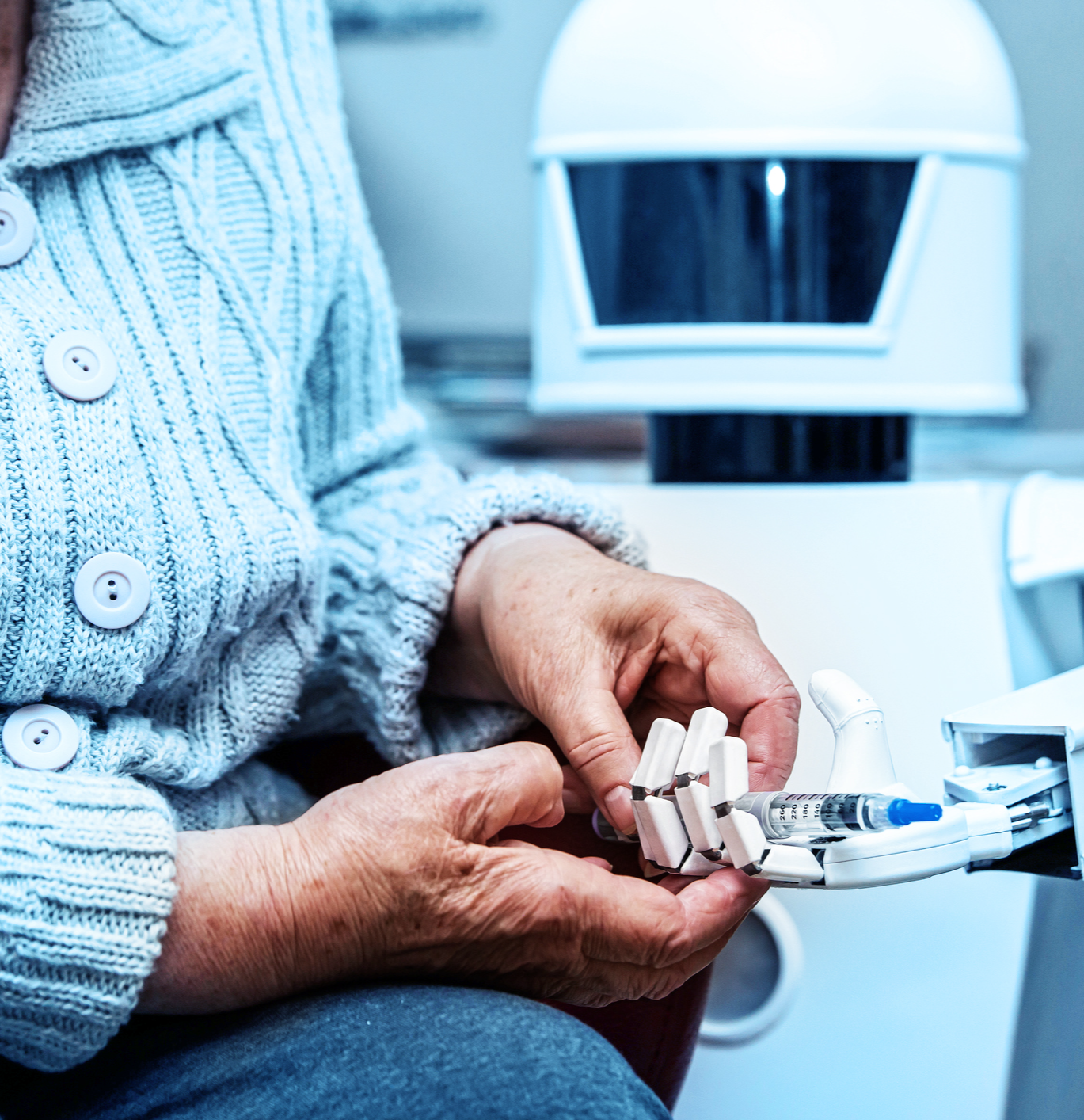
WEBINAR 4
Digitally Friendly Communities for the Aging
Advances in medical technologies and pharmaceuticals have paved the way for a global increase in life expectancy. Generally speaking, most people can expect to live well past their 60s. An increase in age, especially for the population over 60 years, correlates with the need for assistive technologies for emotional or physical support. A viable option for supporting this need is using digital technologies that enable the development of digital communities for the aging.
The availability of technologies is nuanced and includes a varied deployment of sensors to meet the many different needs of this vast aging population. One common thread between these technologies is that they require sensors for data collection and analysis. The types of sensors used, data acquisition, and methods used for data analysis can vary greatly. Because of the heterogeneity and lack of standards in this area, several gaps limit their use.
KEY DISCUSSION TOPICS
How can digital technologies become more efficient regarding data acquisition and analysis?
What are some of the current challenges with the validation of sensor-derived data?
What are some ways interoperability is being standardized so that the data from individuals can be pooled to increase datasets?
Is there a way in which the hardware requirements can be standardized in order to minimize incompatibilities?
SPEAKERS
PANELIST

Tenured Professor
University of Alicante
Assistant Director
University Institute for Computing Research
Spain
PANELIST

Professor, Department of Intensive Care
Laboratory of Translational Intensive Care, Erasmus Medical Center
The Netherlands
PRESENTED BY
This webinar mini-series is presented by the IEEE SA Healthcare & Life Science Practice Transforming the Telehealth Paradigm Industry Connections Program in collaboration with the IEEE Industry Engagement Committee.
IEEE SA
Training & Development
© Copyright IEEE – All rights reserved. Use of this website signifies your agreement to the IEEE Terms and Conditions.
A not-for-profit organization, IEEE is the world’s largest technical professional organization dedicated to advancing technology for the benefit of humanity.






